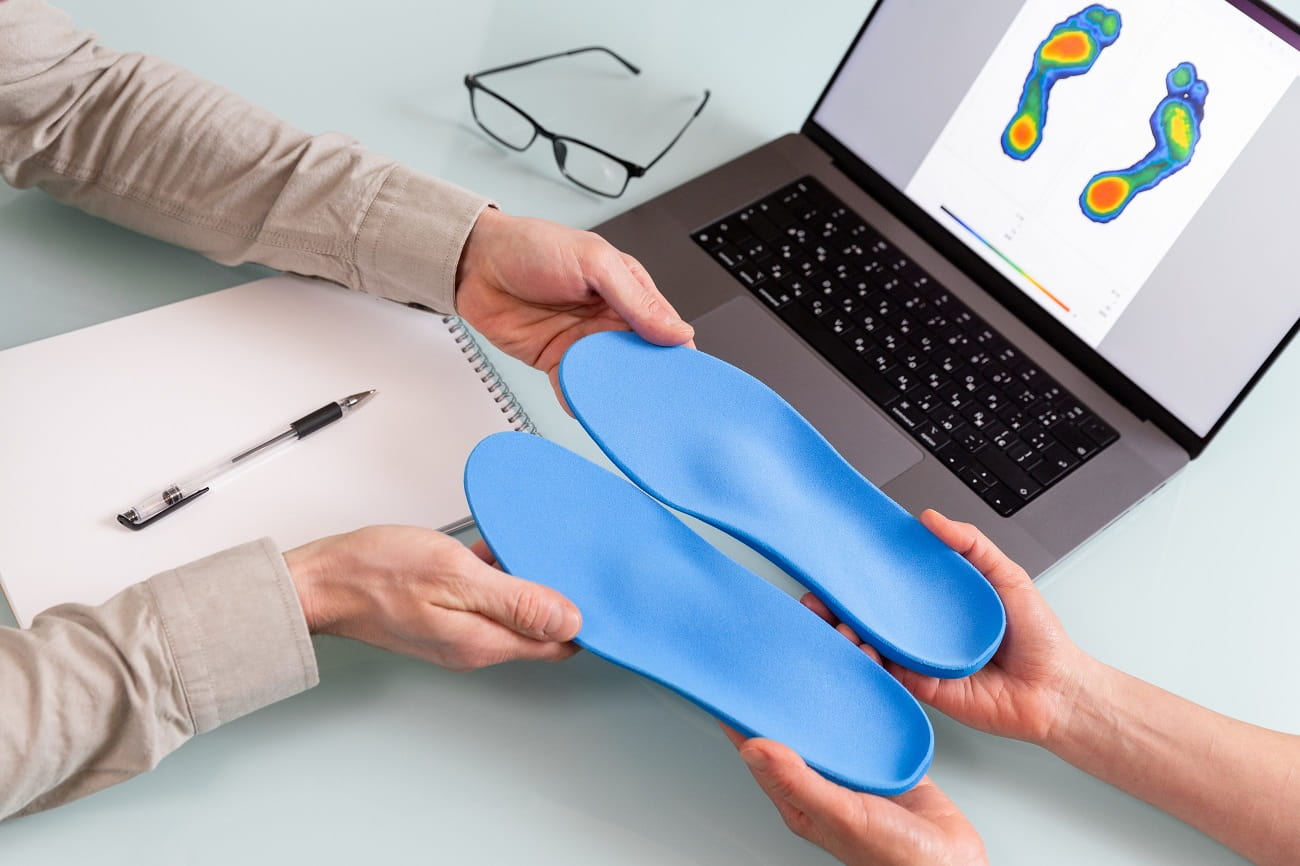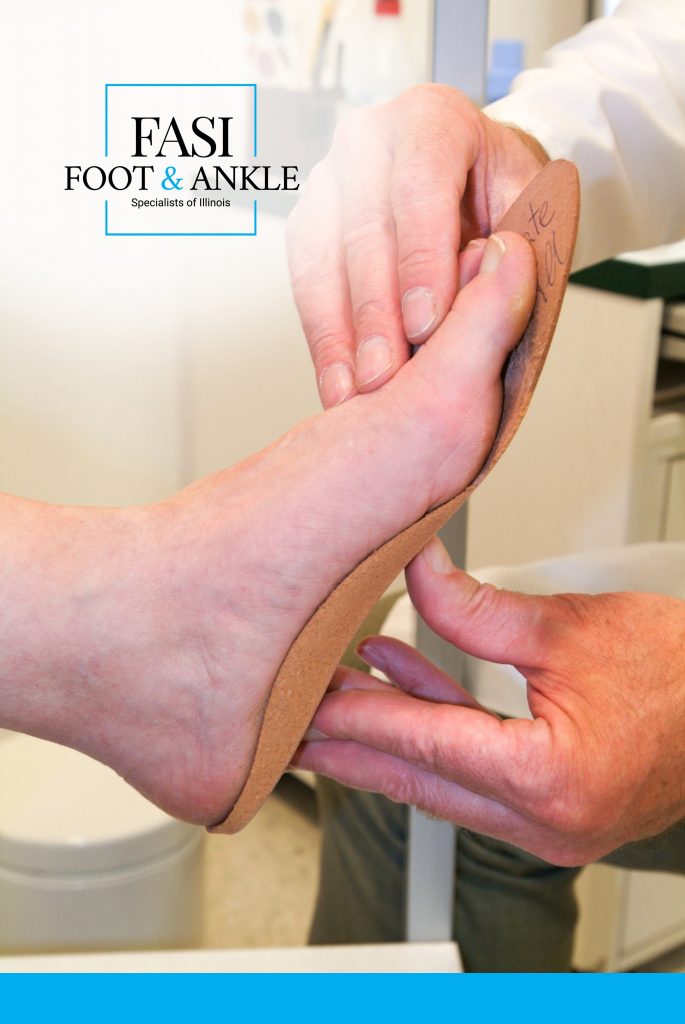Ski Boot Fitting Supplies List Arvada CO
Boot fitting for ski racing is an essential facet of the game, enjoying a big function in performance and luxury. A well-fitted boot can enhance control, precision, and total enjoyment on the slopes. Ski racing requires the skier to exert immense pressure on their boots, making the right fit a critical element in reaching optimum performance.
The process of boot fitting includes several intricate steps, beginning with understanding the skier's foot shape and size. Every foot is unique, and numerous manufacturers have completely different last widths, heel shapes, and instep heights. A trained boot fitter will take precise measurements, making certain that the skier's foot is precisely represented within the chosen boot mannequin.
Once the measurements are obtained, the next stage is the selection of boots that align with the skier's skill degree and racing targets. For novice racers, a softer boot could present some forgiveness and luxury. In distinction, more advanced racers typically require stiffer models that facilitate higher power switch for heightened management, significantly at excessive speeds.
After choosing the proper boot, the fitting process truly begins. This is where the boot fitter meticulously focuses on creating a customized fit, often called "shell fitting." The boot is tried on without the liner, allowing the fitter to assess how the shell of the boot contacts the foot. Gaps or pressure points can be identified easily at this stage, with the goal being to eliminate any areas that could result in discomfort over time.
Ski & Snowboard Boot Fitting Overview Firestone CO
Heat molding is amongst the most important components of boot fitting. This entails heating the liner and generally even the shell, permitting it to mold across the skier’s foot. A properly molded liner hugs the foot snugly, providing both warmth and comfort. This warmth can prevent chilly toes throughout long days on the slopes, a problem that many racers face.
While heat molding is crucial, so is making fine adjustments during the fitting. Often, minor tweaks such as footbeds or insoles may be essential. A customizable footbed can considerably improve fit, cushioning, and general support. It can also enhance alignment, which is key for minimizing fatigue and sustaining control during high-speed runs.
Techniques for Better Boot Fit Thornton CO
It’s essential to contemplate the flex index of the ski boots. Various manufacturers rate flex in a unique way, but often, junior racers require a softer flex to advertise mobility and flexibility as they're still developing abilities. More advanced competitors usually go for a stiffer flex that translates into better vitality transmission and responsiveness when carving turns.
Another consideration in boot fitting for ski racing is the stance alignment. Proper alignment of knees, hips, and ankles is important for efficient vitality transfer and preventing accidents. The boot fitter will assess this alignment and make adjustments, if necessary, to guarantee that the skier is in the best place for performance.
Ideal Conditions for Ski Boot Fitting Westminster CO
The position of socks cannot be missed in terms of boot fitting. Specialized ski socks, often manufactured from supplies designed for moisture-wicking and insulation, play a vital function in maintaining warmth. Additionally, they may help minimize friction contained in the boot itself, decreasing the likelihood of blisters throughout extended intervals of skiing.
Communication between the skier and the boot fitter is essential all through the fitting process. Skiers should voice any discomfort or pressure points they could feel, permitting the fitter to address these issues immediately. This back-and-forth helps guarantee the final product will meet the skier's particular needs and preferences.
Techniques for Better Boot Fit Erie CO
Finally, trying the boots on the snow is irreplaceable. An preliminary fitting can feel nice in the shop, however skiing places a different set of calls for on the boots. If a skier can, they should test the fit on a follow run or training course to substantiate comfort and performance. This real-world testing helps to determine minor changes that will not have been apparent through the fitting.
In conclusion, boot fitting for ski racing is a meticulous and personalised process that tremendously impacts a skier’s performance. The proper fit enhances comfort, ensures management, and minimizes the danger of harm. By investing time and attention into discovering the right boots, racers can focus on what they love most – the thrill of the race.
The collaboration between the skier and the boot fitter is essential in navigating this complex journey. A good fit not solely improves performance but also fosters enjoyment within the sport. Through high quality fitting, attention to detail, and personalized adjustments, skiers can benefit from their racing experience and attain their full potential on the slopes.
- Precise measurements of foot size and width are essential for attaining a cosy fit, minimizing movement that can affect performance throughout races.
- Ski boot liners should be heat-molded to ensure a custom fit, permitting for enhanced comfort and improved vitality transfer to the ski.
- The flex rating of a ski boot should match the athlete's skiing fashion, with stiffer boots really helpful for advanced racers who require better control at excessive speeds.
- Ankle and heel hold is essential; fit specialists usually employ various methods to make sure these areas are securely locked in place.
- Proper alignment of the boot cuffs can considerably impact steadiness and edge management, making it critical for racers to have well-adjusted cuff positioning.
- The tongue of the boot should ideally provide consistent pressure across the instep, stopping discomfort and enhancing responsiveness.
- Using footbeds or custom insoles can enhance foot assist, offering higher stability and reducing fatigue during long races.
- Attention to vent placement is essential; enough air flow helps regulate temperature, stopping numbness or discomfort throughout runs.
- Evaluating the skier's approach and stance can guide particular boot changes, tailoring the fit to boost total performance on the racecourse.
- Consistent follow-up adjustments post-fitting can help address any discomfort that may arise during training, ensuring peak performance during competitions.undefinedWhat is boot fitting for ski racing?
The Fitting Process for Ski Boots Louisville CO
Boot fitting for ski racing is the process of customizing ski boots to ensure optimal fit, comfort, and performance on the slopes. It involves adjusting various elements to enhance your skiing experience and achieve more efficient energy transfer.

Why is proper boot fitting important for ski racing?
How-To Guide for Ski Boot Fitting Dacono CO
Proper boot fitting is crucial for ski racing as a end result of it permits for higher management, responsiveness, and luxury. A well-fitted boot may help stop accidents and enhance total performance by making certain that skiers can keep correct approach and steadiness.
How do I know if my ski boots fit correctly?
You can decide in case your ski boots fit correctly by checking for a snug fit without pressure points. Techniques for Better Boot Fit Wheat Ridge CO. When buckled, your toes should slightly brush the front of the boot, and there ought to be minimal motion of your heel. A certified boot fitter can also conduct a professional evaluation
Boot Fitting Instructions for Beginners Brighton CO
What customizations can be carried out in the course of the boot fitting process?
Customizations during the boot fitting process can embrace heat molding liners, adjusting buckles, including custom footbeds, and modifying the shell. Each adjustment is tailor-made to accommodate your distinctive foot shape and skiing style, enhancing comfort and performance.
How long does the boot fitting process take?
Creating a Comfortable Ski Boot Fit Lyons CO
The boot fitting process sometimes takes wherever from 1 to three hours, relying on the level of customization needed. This timeframe allows for thorough evaluations, adjustments, and testing to ensure the very best fit.
Can I ski instantly after getting my boots fitted?
It's advisable to permit a while to interrupt in your newly fitted boots earlier than heading out to ski. While you can actually strive them on and stroll round in them, snowboarding with them for a few hours helps ensure they settle into the fit and improve comfort.
How often should I get my ski boots fitted?
Fit Guide for Ski Boots Frederick CO
It's really helpful to get your ski boots fitted each few seasons or each time there are noticeable adjustments in your foot shape, discomfort arises, or in case your snowboarding type modifications considerably. Regular evaluations help keep one of the best fit and performance.
What should I bring to a boot fitting appointment? (Ski Boot Fit Discussions Nederland CO)
For a boot fitting appointment, wear or convey the socks you sometimes ski in, as they will affect fit. Additionally, think about bringing any current ski gear, such as your skis and bindings, to help the fitter assess your full setup.
Basics of Ski Boot Architecture and Fit Loveland CO
Are there special considerations for women or racers with unique foot shapes?

Yes, women and racers with distinctive foot shapes might have specialised boots or custom modifications. Women's ski boots usually have completely different flex patterns and shapes, whereas distinctive foot shapes may require custom footbeds or shell modifications for optimal performance.
What if I experience discomfort after my boot fitting?

If you experience discomfort after your boot fitting, it's important to return to your fitter. They can assess the problems and make essential changes (Ski Boots: Analyzing Fit Specifications Wheat Ridge CO). Addressing discomfort early on can prevent performance issues and improve your snowboarding expertise
try this website have a peek at this website
Comments on “Master Boot Fitting Techniques Loveland CO”